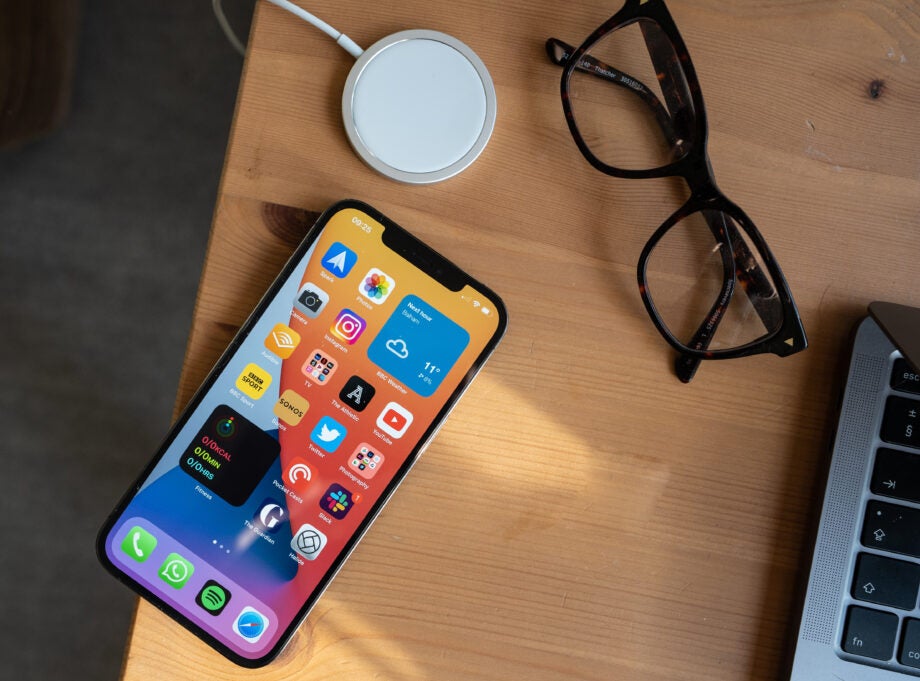Frayed iPhone Lightning cables might soon be a thing of the past

While the iPhone itself has received a number of durability boosts down the years, the humble Lightning cable remains a fragile old thing.
Some cynics says this is by design, while it’s also fair to say that these cables often take plenty of abuse that results in damage. Either way, none of us are strangers to frayed iPhone cables.
Now Apple might be looking to add a little more durability to the charging cable, judging by a recent patent filing that refers to a “Cable with Variable Stiffness.”
The patent (first spied by Apple Insider) describes a charging cable that would have an outer sleeve with uniform thickness, alongside the strain relief sleeve that Apple uses to help prevent cable fraying. However, Apple acknowledges it can sometimes have the opposite effect.
Within the application made last August, Apple writes: “It is well known that bending of the cable near the termination point may cause unwanted strain on the wire connections, which may lead to cable failure. Accordingly, it is common to provide a strain relief sleeve made of a stiff material around the end region of the cable.”
The company continues: “The stiff material creates a localized increase in the bending resistance of the cable, thereby relieving strain on the wire connections,” it continues. “In addition to making the cable locally stiffer, the strain relief sleeve also makes the cable thicker at the ends. In some instances, the added thickness may not be desired.”
The solution, according to the patent would be a cable with a uniform thickness. In the abstract Apple explains how the feature might work. If you struggled to process this, don’t worry, you aren’t alone
The company writes: “A cable can include a cable core surrounded by an outer sleeve having a uniform thickness and further having a first longitudinal section having a first stiffness (e.g., corresponding to a flexible cable), a second longitudinal section having a second stiffness (e.g., corresponding to a rigid cable), and a third longitudinal section between the first and second longitudinal sections, where the second stiffness is greater than the first stiffness and where a stiffness of the third longitudinal section varies between the first stiffness and the second stiffness. The second longitudinal section can provide strain relief for the cable.”
Apple often files for patents it doesn’t end up using, but this one would be most welcome.


